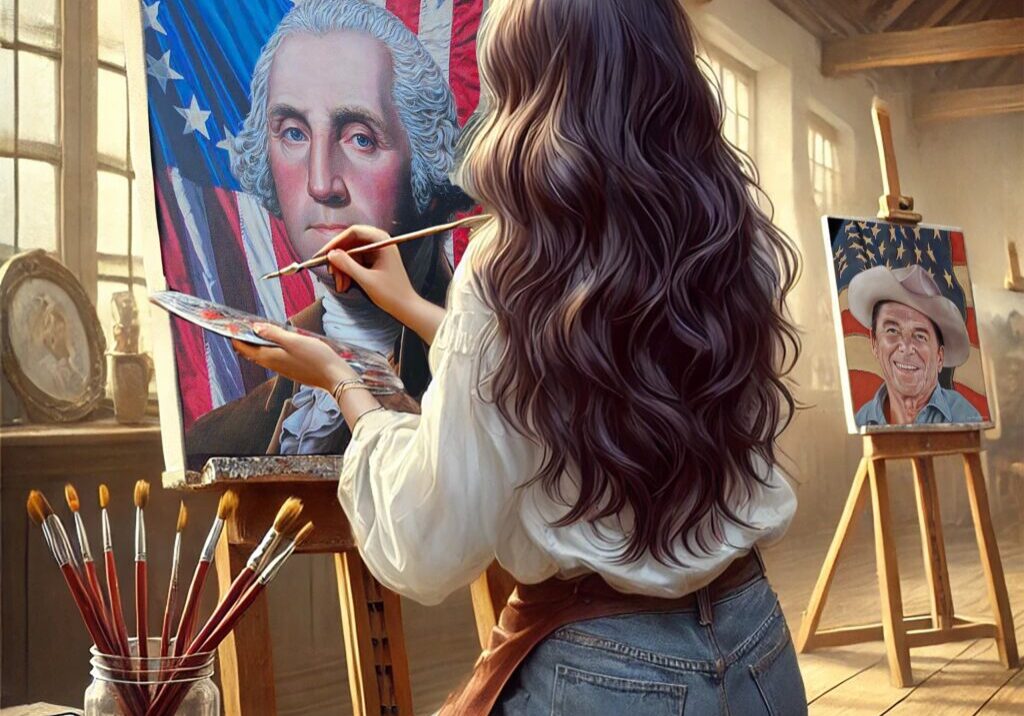
The First Posters of Liberty: Art, Typography, and Symbol in Revolutionary America
Before there were stars on a flag or seals pressed in wax, there were bold words on rough paper – designed not to decorate but to detonate. In the Revolutionary era, the first American posters weren’t gallery works or government-issued notices.
They were acts of public defiance. Scrawled, inked, stamped, and nailed to tavern walls or liberty poles, these early broadsides and handbills were visual declarations of intent: liberty, or else. They are often called broadsides, but let’s call them what they truly were: the first posters of political art in America. Designed with intent and urgency, they didn’t whisper their messages – they shouted them.
Typography played a starring role. Blocky serif fonts announced meetings of the Sons of Liberty. Full caps barked out warnings about Loyalist merchants. Blackletter type, once used for church notices, was reclaimed to give protest an ecclesiastical gravitas. Every type choice was a decision about tone, and every layout was a matter of visual urgency. These posters weren’t illustrated in the modern sense, but they were far from text-only. Skulls and coffins often adorned Stamp Act notices. Chains were used to symbolize British tyranny. Even spacing mattered. Some printers left dramatic voids – white space used like silence before a storm.
Others overloaded the page with text in cascading sizes, drawing the reader’s eye downward like a shouted list of grievances. What modern designers might call hierarchy, they understood instinctively. Their audience wasn’t elite. It was everyone who passed a lamppost, a courthouse, a church door. In the mural’s Freedom section, you’ll see these posters pinned, flapping, or falling. They are positioned like living relics – visually arresting, historically volatile.
One features a cut of a crown split by a lightning bolt. Another mimics an actual Stamp Act protest notice: bold type, centered text, and a black border signifying the death of liberty. These were not passive visuals. They were warnings. They were summonses. They were visual shorthand for an entire worldview under siege. Art historians may hesitate to label them artworks – but make no mistake, these were designed experiences. They manipulated space, played with symmetry, and used repetition to pound a message into the mind. They relied on public display and communal reaction. In many ways, they were the street art of their day – meant to be seen, shouted about, torn down, and posted again.
Color was rare but powerful. Red ink, difficult to produce, was used sparingly – often for headings or symbols. When it appeared, it signified blood, sacrifice, or royal aggression. Black ink was standard but emotionally flexible. When paired with heavy paper and strong fonts, it created an atmosphere of finality. These weren’t invitations to debate. They were visual ultimatums. The role of the artist in these posters was hybrid – part typographer, part propagandist, part risk- taker. Many printers were artists in their own right, carving woodblocks, designing layouts, and even sneaking subversive iconography past royal inspectors. The line between printer and artist blurred.
So did the line between artist and revolutionary. And while many of these posters were torn down, burned, or lost to weather, their echoes remain. Their visual DNA lives on in wartime posters, protest placards, and even modern political design. They were the original American street art – crafted not for permanence, but for impact. Not for aesthetics, but for awakening. In that sense, these posters weren’t just art of the Revolution – they were revolutionary art.

